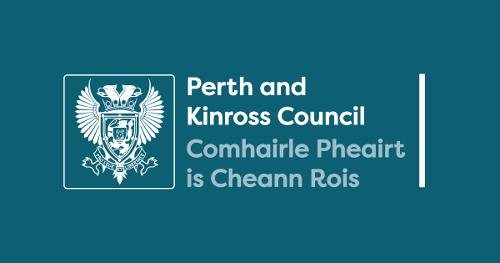2025 to 2026 Nature Restoration Fund allocation
In March 2025, Perth and Kinross Council received £187,000 to spend on projects that address the drivers of biodiversity loss, namely habitat loss, habitat fragmentation and invasive non-nature species.
The fund is open to both internal Council projects and external community projects to further biodiversity across Perth and Kinross. The fund is open to projects at a minimum of £1,000 that meet the purpose and themes of the fund. Projects will be assessed on their value for money and must be fully costed. Projects can be on any land or water that is open to the public or is designated for its biodiversity, such as a Site of Special Scientific Interest (SSSI).
This year, there is a 50% split made between Revenue and Capital funding. Capital funding is the on the ground works including, for example, habitat creation, tree planting, wetland restoration. Revenue funding covers the ongoing costs of delivering a project including engagement activities, surveys, and monitoring work.
How to apply
Applications are now open. Applicants should download an application form (Word doc, 1 MB), completing all sections and send, along with any required evidence, to NatureFund@pkc.gov.uk.
Applicants can download the application advice (PDF, 247 KB) that has been created to help you with the process. If you are unsure if your project is suitable and would like more advice before submitting an application, please complete the online enquiry form.
Nature networks
Projects that contribute towards the development or protection of Nature Networks will be prioritised. A Nature Network connects nature-rich sites (core areas) through a series of corridors. Nature-rich sites include sites protected for biodiversity, proposed local biodiversity sites, and other important areas for nature.
A corridor can be habitat corridors such as woodland or a river, or it can be stepping stones consisting of linked areas of suitable habitat or restoration projects. Projects that enhance or support nature-rich areas also contribute to Nature Networks.
View our existing draft nature network map and see if your project area is close to or within a core area, or could be considered appropriate as part of a corridor, linking up core areas.
Also, view our Core Nature Rich Areas map which showcases additional information including areas of native woodland, ancient woodland, Buglife B-lines, etc.
Other key themes of the fund
Habitat and species restoration
Management for enhancement and connectivity: for example, creating or restoring native flower-rich habitats and grassland, extended hedges and field margins, planting native trees, and restoring or creating new ponds.
Freshwater restoration
Including restoration of natural flows in rural catchments: for example, reconnecting rivers to floodplains, bank works to increase habitats and/or reduce flow, erosion, sediment washout, and increasing lowland ponds and other water and wetland habitats.
Coastal and marine initiatives
Projects which promote restoration, recovery, enhancement or resilience: for example, seagrass restoration.
Control of invasive non-native species (INNS) impacting on nature
Focusing on key species including Rhododendron, Japanese knotweed, Giant hogweed, Himalayan balsam, and American skunk cabbage: for example, working in partnership to bring an entire population of INNS under control across a large geographic region.
Urban
Enhancing and connecting nature across, and between, towns and cities: for example, creating "stepping stone" habitats for pollinators and nature-rich blue green infrastructure.
Funding for future years
This is the last year of committed funding for the nature restoration fund. Funding for future years is not guaranteed. Communities should also consider applying for the Council's Community Environment Challenge Fund.
Looking for inspiration?
View a full list of successful applicants and their projects from 2023 to 2024.




